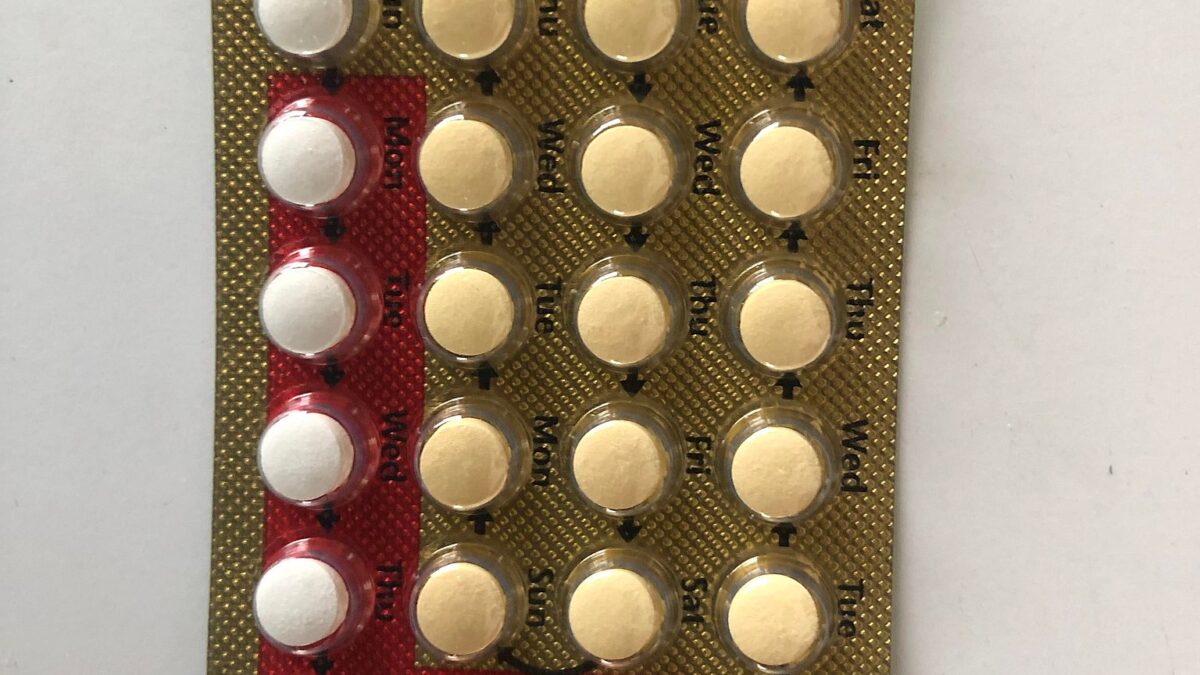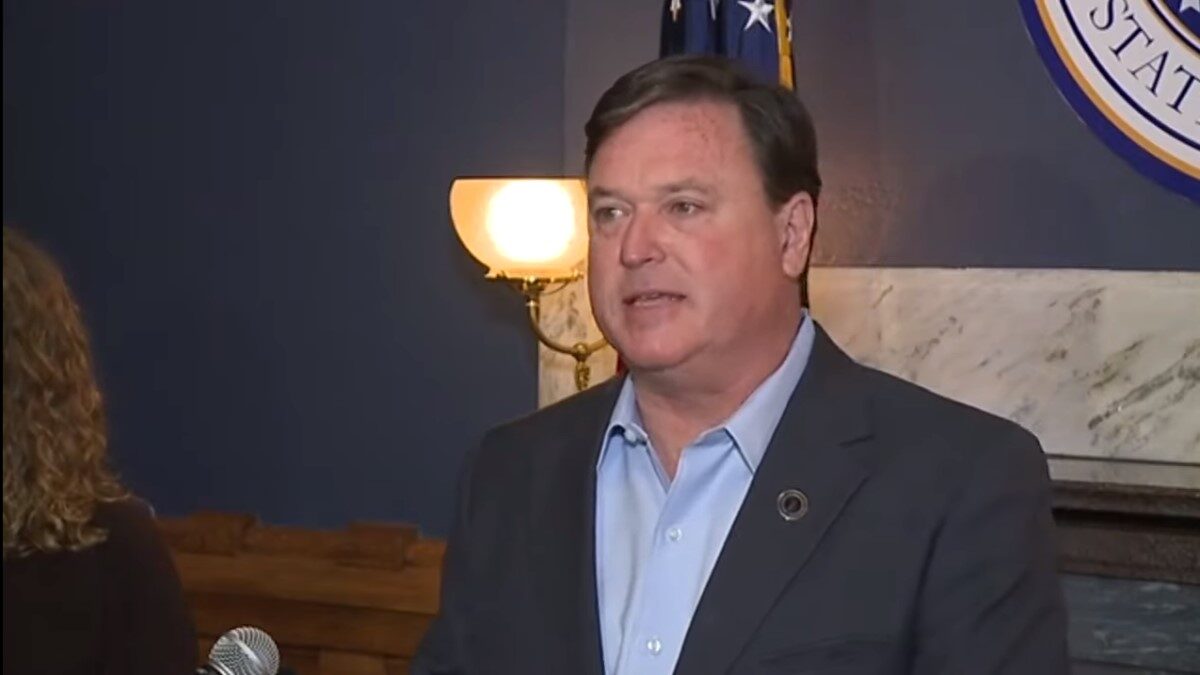
Arguments about the nature of our drug crisis continue, and the death tally from overdoses is rising. Among the varied opinions and arguments and the conflicting interests vying for influence, it is easy to miss the point: our children are dying.
Coroners, medical examiners, and forensic pathologists are busy people these days. Theirs is a story that begs to be told, about the laws of supply and demand in the back alleys of our cities and suburbs, and in our families; a story about the collapse in the price of heroin, which has become “cheaper than candy bars”; and how these translate into raw statistics of overdoses on the streets from New York to Columbus and Chicago.
Ominous trends in American cities have made overdoses the new barometer of the heroin problem—not burglaries or robberies, but overdoses. Sam Quinones vividly described this trend in his book “Dreamland.” A New York medical examiner once pressed this book into my hands, as if to say, “People are dying. This is real.”
Underneath it all is mainly a story of families. With each phone call from the medical examiner’s office bearing bad news, the American working class increasingly lives out this crisis. It is not New York, “the city that never sleeps,” but Columbus, Ohio, of all places, which has become the overdose capital.
Neither is the problem restricted to large cities. Coroners across the state of Ohio have requested makeshift morgue space in the form of “mass casualty trailers.” These are coroners of working cities such as Akron, Canton, and Youngstown. It is there, in those suburban neighborhoods, that children, mothers, fathers, and spouses of overdose victims silently suffer.
We Have Created a Monster, In More Ways than One
President Trump has threatened to “bring in the feds” and establish law and order on the streets of Chicago to a situation he has bluntly likened to a war zone, a “carnage.” Perhaps he’s referring to the thousand homicides by April this year in Chicago due to drug violence, or to gun violence, depending on your political leanings. Both drug abuse and gun violence were called out as public health issues by the previous surgeon general. This is a crucial distinction, since public health crises are dealt with quite differently than national security threats.
So, from the vantage of the mainstream media, we enter the discourse of two politically infused views on the origin and remedies of this crisis. There’s the punitive versus the medical; law enforcement and incarceration versus establishing safe injection sites; drugs “pouring across our borders” versus ending discrimination against “people who use drugs.”
Some of these are worthwhile, others are missing the point, just as administrators sorely missed the point back in the 1980s when pain became the “fifth vital sign.” In medicine, vital signs are treated quite differently from symptoms. Since pain has no objective measure like the rest of the vital signs do—like temperature, heart rate, and blood pressure—doctors naturally resisted. They faced litigation and bureaucratic intimidation for undertreating pain.
Combine this with an ever-expanding supply of pain medications form big pharmaceuticals, and it becomes clear how our society became saturated with opioids. Then 30 years later, through an ironic twist of policy, letters from the surgeon general began to appear on physicians’ desks, pleading that they curb their opioid-prescribing habits.
Doctors find themselves caught between two flames, and reluctantly giving in to the constant barrage of the “drug seekers” who roam hospitals, even veterinary clinics, feigning pain and ailments. Many of these patients eventually switch to heroin, and become the new face of the overdose crisis. In short, we have created a monster: A shunned sub-culture of addicts, much like those ostracized layers of French society during the time of the writing of “Frankenstein,” and we dread coming face-to-face with our own creations—those of an overbearing bureaucratic system.
Here’s the Mother of the Monster
But the supply of these drugs is only half the story. To better understand the roots of our addiction crisis, we should know a little about neurobiology of addiction. Consider the altered brain chemistry of the neuro-hormone dopamine. The brain’s receptors for dopamine are down-regulated in addicts, which causes persistent and lingering craving, even up to nine months after their last injection.
Long-term maintenance medications like Methadone are a lifeline for many. These curb the craving while the addict’s natural dopamine receptors replenish (albeit imperfectly, since relapses are common). For those caught in this sphere of addiction, a hormonally debilitated willpower gives way to shooting up that “devil’s molecule” all over again.
Some professionals understand the problem at a far deeper level. There, on the front lines of the crisis, the true faces of the overdose crisis emerge to those who take time to listen. The book of family physician Dr. Gabor Mate, “In the Realm of Hungry Ghosts,” documents conversations with persons caught in the “skid row” of the Vancouver’s Downtown East-Side. Each are unique but very similar. They consistently speak of pain passed on through the generations through child abuse, neglect, and abandonment.
The greatest pain of these “hungry ghosts” does not stem from their scars and festering wounds, but guilt of having abandoned their children for their addiction and the pain of having been abandoned themselves. Over and over, addicts report being plagued by an ocean of guilt, yet wanting drugs even more to ease their pain. Their pain goes deep to the soul, yet, we rarely speak of the soul any more.
The 12-step programs do speak of drug abuse as an evil constantly waiting for a moment to take hold. Addicts need little convincing of this. But if evil is defined as the absence of good, then the evil of addiction is clearly a remedy for a radical hunger: A hunger for something inherently good, something that was missing all along. How about a reasonably stable family, where children grow up cared-for and nurtured? And how about those carefree neighborhoods where children still play on the streets?
Family Love Feeds the Hunger that Distorts Into Addiction
Again, we find ourselves returning to the true epicenter of this crisis, the family, starting from early infancy, with that crucial bond between mother and infant. After all, it is in the context of that joyful bond, through nurturing relationships, that we first get our “fix” of dopamine. But in a healthy way, of course, because through those early bonding experiences, the course of our normal brain development is set, even at the neuro-hormonal level, the level of genetic expression, and brain anatomy.
Hijacking this dopamine physiology, addiction throws a wrench into that nurturing relationship. Heroin numbs the parenting instinct and sets the tone for child neglect and abuse, which in turn increases the risk for addiction in the child. It’s a self-perpetuating cycle through the generations and hard to break.
This resonates with a landmark study by the Centers for Disease Control that strongly linked addiction to childhood stressors in the family, finding a link stronger than that between obesity and diabetes. Childhood stressors like child abuse, drug abuse, divorce, and dysfunction in the household were usually combined in the extreme cases on the streets of Vancouver East-Side, or in “The Jungle” of Seattle. This tracks closely with those tormenting stories of Mate’s patients, and the daily caseloads of forensic experts and addiction specialists of the front-lines.
Knowing this changes everything. We can see how law enforcement, youth corrections facilities, and foster care can offer only so much. While governments fund short-sighted harm reduction programs, needle sharing, and the last-dich use of Naloxone rescue kits, we should be really working on building up families.
This resonates in Florida, a state whose lagging harm-reduction measures have been harshly criticized, but one that has listened to the Florida Association of Infant Mental Health (FAIMH) in dealing with court-mandated cases of child neglect. Evidence-based FAIMH programs approach the mother-infant unit as a single patient and employ programs to reinforce that bonding relationship. This approach was incorporated into Florida state policy, precisely because it was shown to be so successful, establishing Florida’s Early Childhood Court.
The point is, there is work to be done. Harm-reduction and law enforcement are a losing battle because our society’s saturation with opioids inadvertently unmasked a dormant and lingering pain: the breakup of American families. This crisis is lived out daily in the context of family relationships with the loss of a child, parent, or spouse to drug abuse. It is a pain oblivious to the mainstream media, and rarely addressed by government programs. It is harshly reflected in the statistics, and felt most acutely on the receiving end of a call from the medical examiner’s office bearing the news of another overdose fatality.









